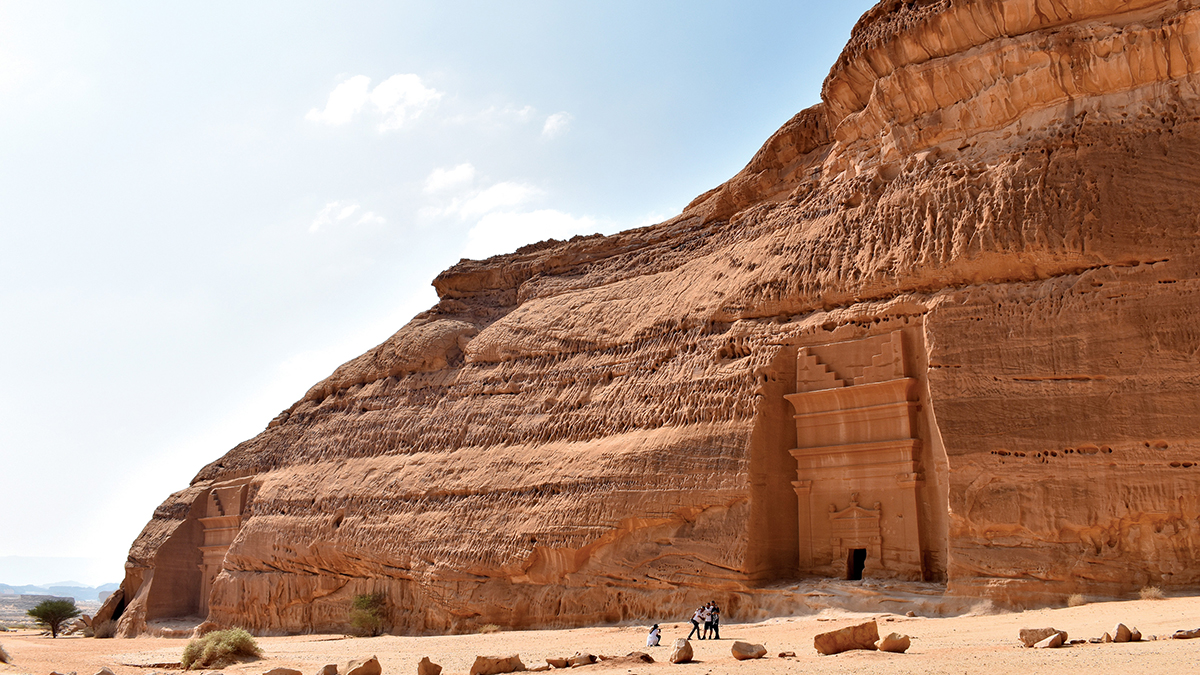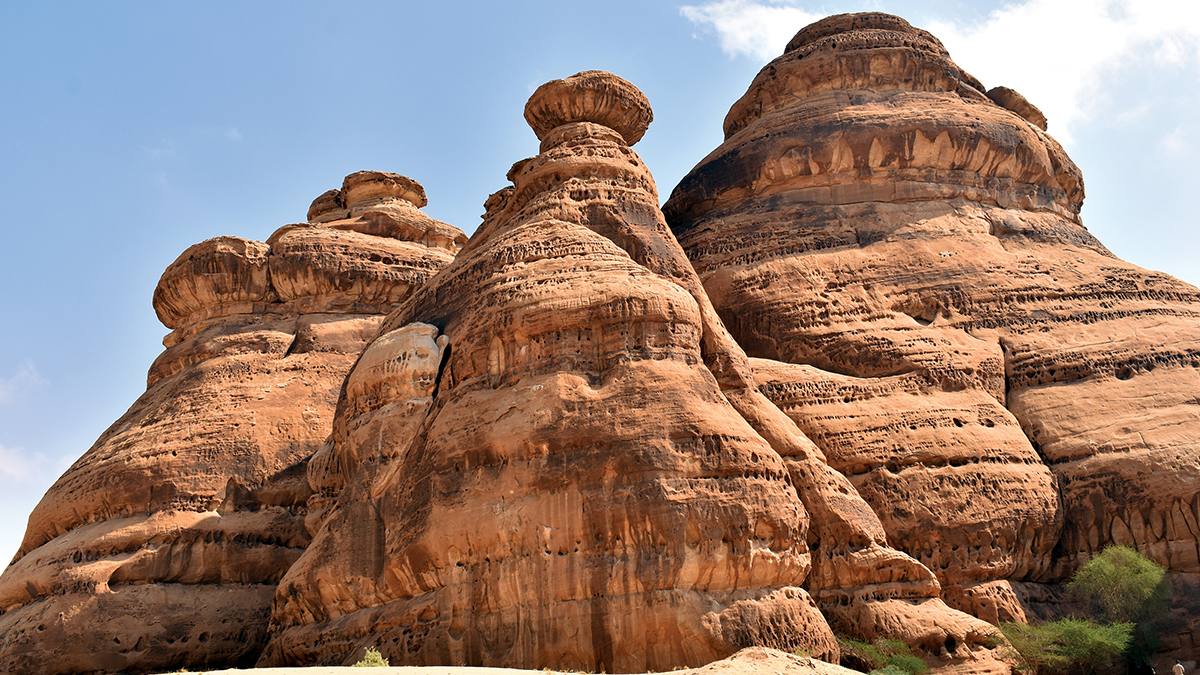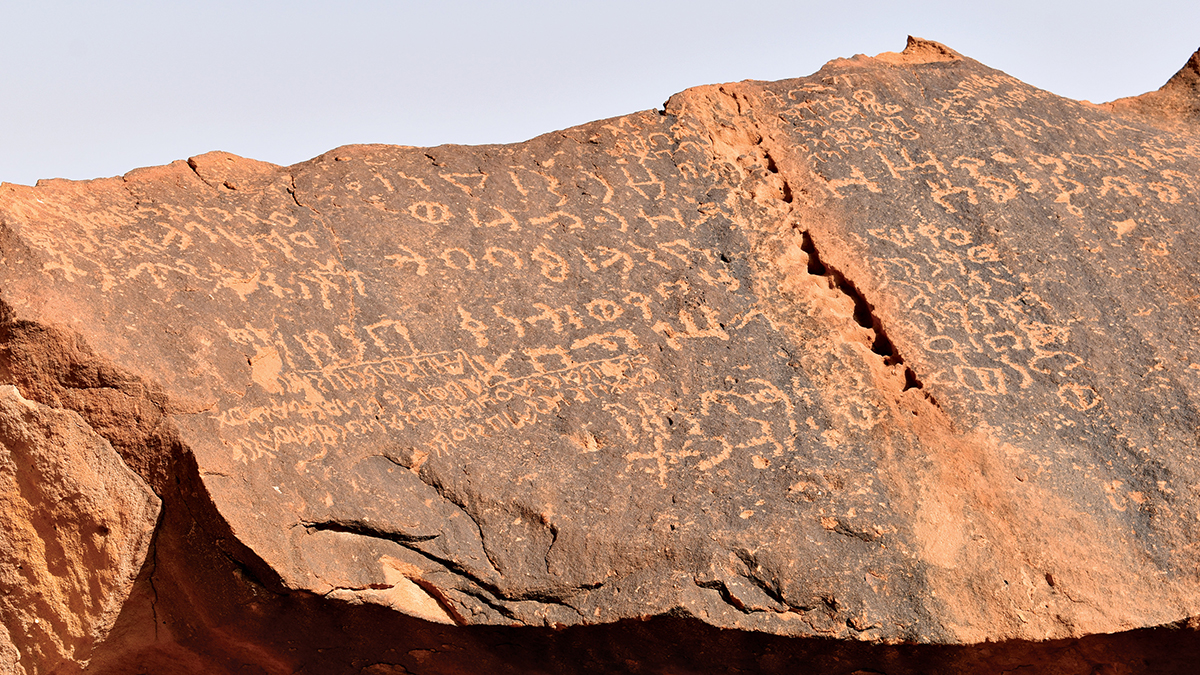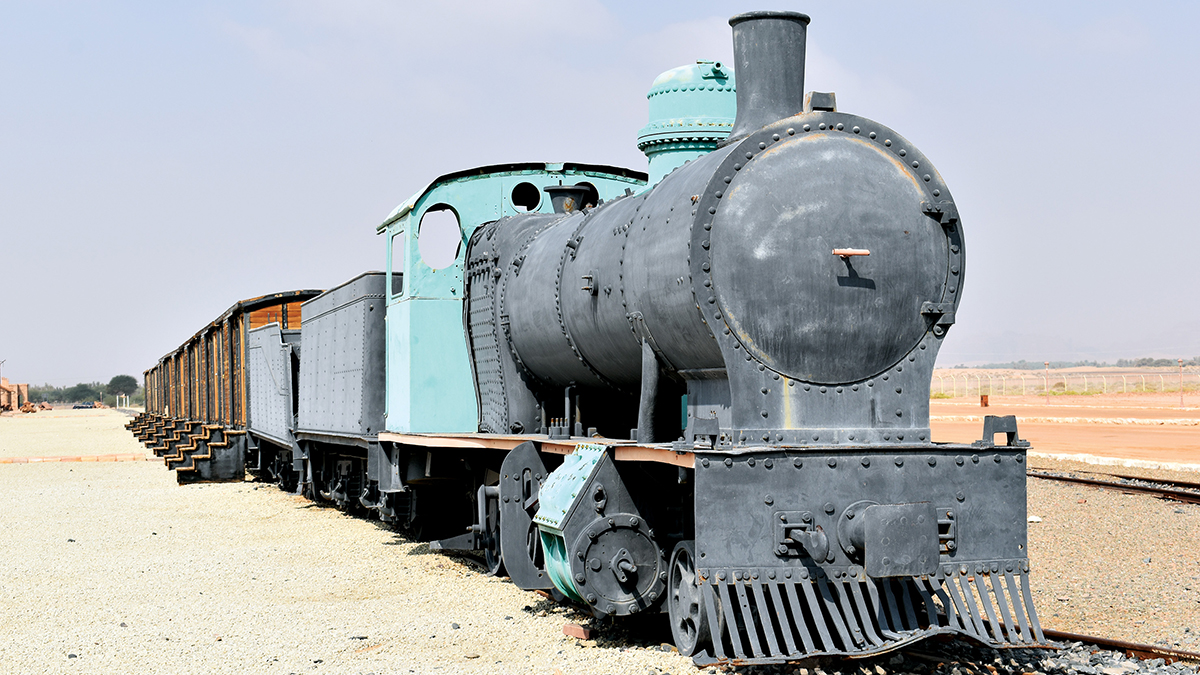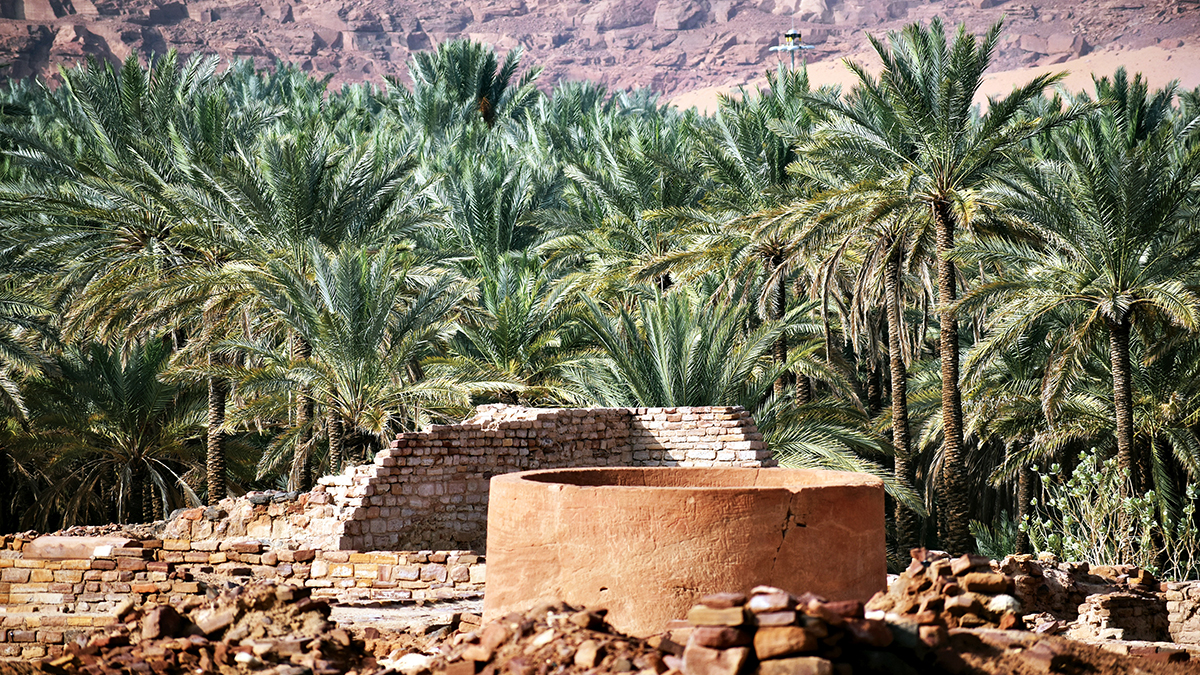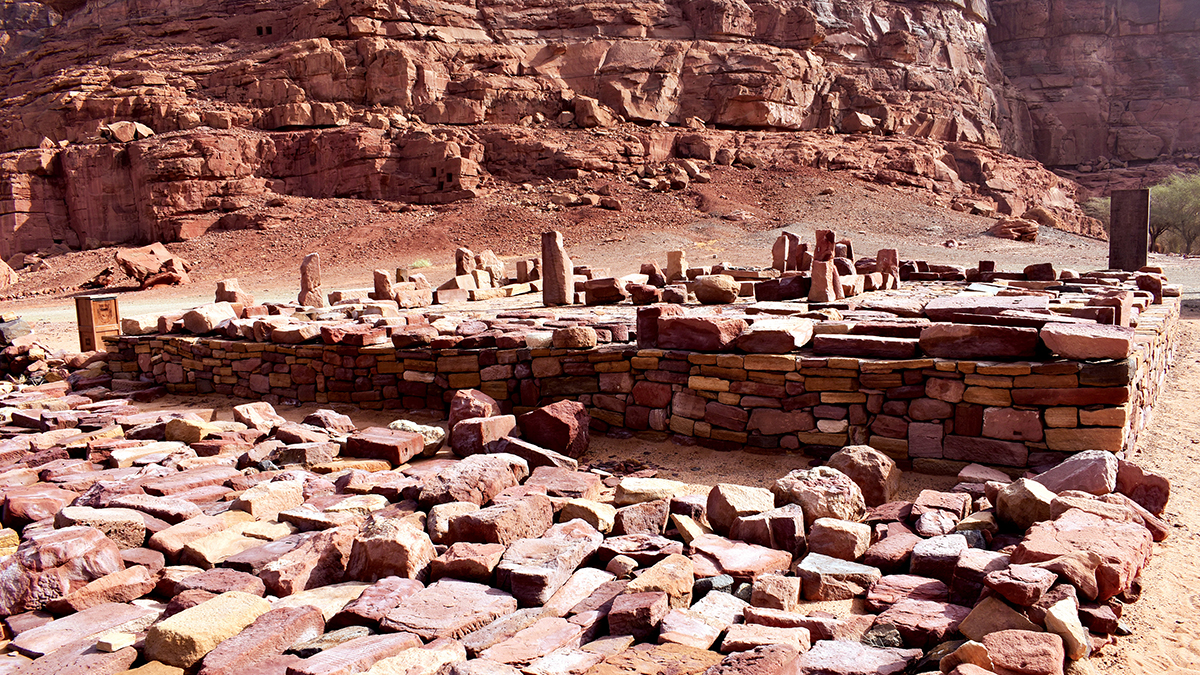Travel
Discover AlUla
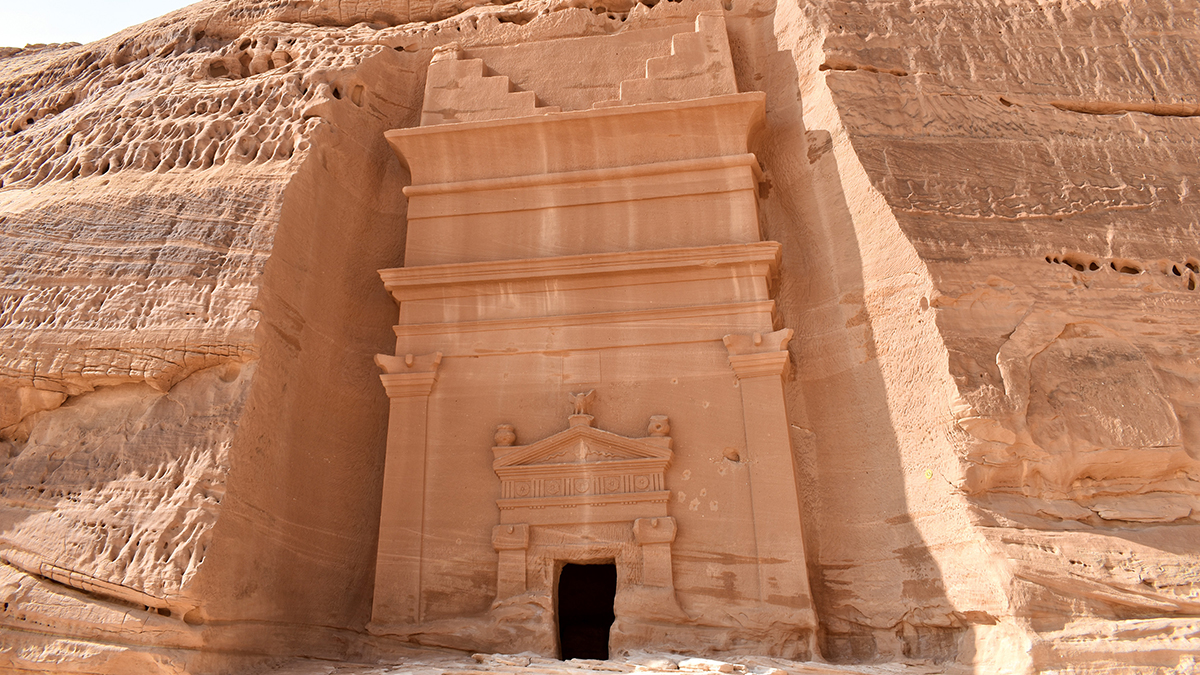
Global October 12, 2021 - By
Explore the fascinating historical attractions at AlUla through the lens of Abdulaziz Hammad.
Al Ula — Al Ula was the capital of the ancient Lihyanites and Dedanites civilizations. This governorate contains the first UNESCO World Heritage Site in Saudi Arabia called Hegra, also known as Al-Hijr or Mada’in Saleh, built more than 2,000 years ago by the Nabataeans.
Al Ula is packed with historic treasures from ancient civilizations, providing a gate through time with inscriptions from different ancient languages, Greek, Latin, Nabatean, Lihyanites and Dedanites. Al Ula stands witness to the historic significance of the Arabian Peninsula, all mixed with magical natural attractions and rock formations such as the Elephant Mountain.
Madain Saleh’s historic significance comes from its mentioning in the holy Quran as Al-Hijr, and is home to the fascinating Nabatean cemetery made by monumental tombs with decorated facades dating from the 1st century BC. The site features 50 inscriptions of the pre-Nabataean period and some cave drawings, and the site is an outstanding example of the Nabataeans architectural accomplishment. The Nabataeans ruled over the region two thousand years ago until the Roman conquest of Northern Arabia. Madain Saleh was then handed over to the Romans as the Latin inscriptions describe, preserving heritage of both civilizations and cultures.
Al Diwan and Jabal Ithlib is the second attraction of Al Ula, where religious rituals of the Nabateans were concentrated. Jabal Ithlib is a natural mountain uniquely shaped in Mada’in Saleh. The Nabateans used it for political meetings as well as in Al Diwan (the chamber) that was built inside the mountain.
Furthermore, Al Ula has a station for the Hejaz Railway, built in 1908. The Hejaz Railway totally stopped functioning in 1920.
Dadan ancient city, the capital of Dadanite and Lihyanite Kingdoms, was a major trade hub, with its incense trade routes. Mentioned in the Bible, Dadan was one of the most developed cities in ancient northern Arabia, built almost 3,000 years ago. Dadan was a powerful and highly organized ancient Arab kingdom that played a vital cultural and economic role in the region. They used the Dadanitic language. Their inscriptions are still present till this day at Mount Ikmh.
In addition, Jabal Ikmah (Mount Ikmah) is near the ancient city of Dadan, it has been described as a huge open-air library having inscriptions that explains political and religious life of that era. The mountain showcases hundreds of inscriptions and writings on the cliffs and rock faces that date mainly to the Dadanite and Lihyanite periods.
The Old Town of Al Ula, with nearly 900 mud houses, 400 shops and five town squares, still contains remnants of some of the original stone and mudbrick buildings constructed here. In the 20th century the new town center was established beside the old town and eventually the people left the old buildings. The last family is said to have left in 1983, whilst the last prayer in the old mosque was held in 1985. Both the ruins of the medieval town and the site of the Liyhanite settlement now lie within the limits of the modern town.
